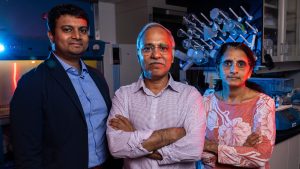
July 8, 2025
Study: Why some lung cancer treatments stop working — and possible fixes
University of Missouri scientists discover a hidden "molecular seesaw" behind drug resistance in certain types of lung cancer, offering hope for more effective therapies.

July 1, 2025
Inspired by nature, researcher targets forever chemicals
Mizzou Engineering Professor Susie Dai is pioneering a scalable solution to clean up harmful PFAS without rare or expensive chemicals.

June 27, 2025
Showing a better heartbeat
An AI-assisted model developed by Mizzou researchers allows doctors to better observe the heart and how it beats, contracts and pumps.
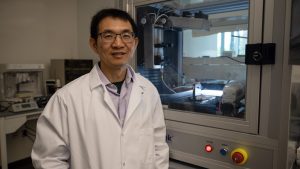
June 17, 2025
Mizzou Engineering researcher takes on tooth loss
A novel, bio-inspired treatment for periodontitis could help patients keep their natural teeth, avoiding painful and expensive implants.

April 21, 2025
Mizzou Engineer wins award for innovative approach to ALS treatment
Apaala Basak received the Michael Donovan NFOSD Innovation Award for her research to develop a translational approach to manage dysphagia in ALS patients using optogenetic neuromodulation.
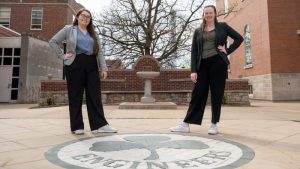
April 17, 2025
Roommates in research: two Mizzou chemical engineers receive NSF Graduate Research Fellowships
After spending their undergraduate years conducting research with life-saving implications, Emma McDougal and Marissa Moore each received National Science Foundation Graduate Research Fellowships.
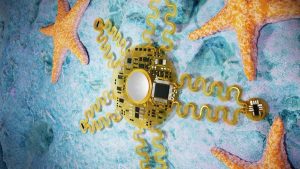
April 2, 2025
Scientists unveil starfish-inspired wearable tech for heart monitoring
Mizzou researchers' device includes AI technology to detect potential heart problems with over 90% accuracy.
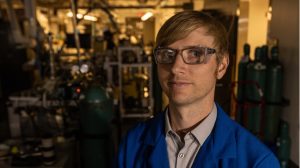
Feb. 27, 2025
Mizzou researchers are cracking the code on solid-state batteries
Using a combination of advanced imagery and ultra-thin coatings, University of Missouri researchers are working to revolutionize solid-state battery performance.

Feb. 21, 2025
Ghosh named 2025 National Academy of Inventors Senior Member
Adjunct professor Jaya Ghosh has been named a Senior Member of the National Academy of Inventors (NAI).

Jan. 16, 2025
Mizzou Engineers win design award in American Institute of Chemical Engineers Student Design Competition
Mizzou Engineering graduates Ashley Kemm, Madi Robinson and Rick Schroeder earned the Jack Wehman Design Award in the 2024 AIChE Student Design Competition for their innovative project titled "Power-to-Gas Plant."